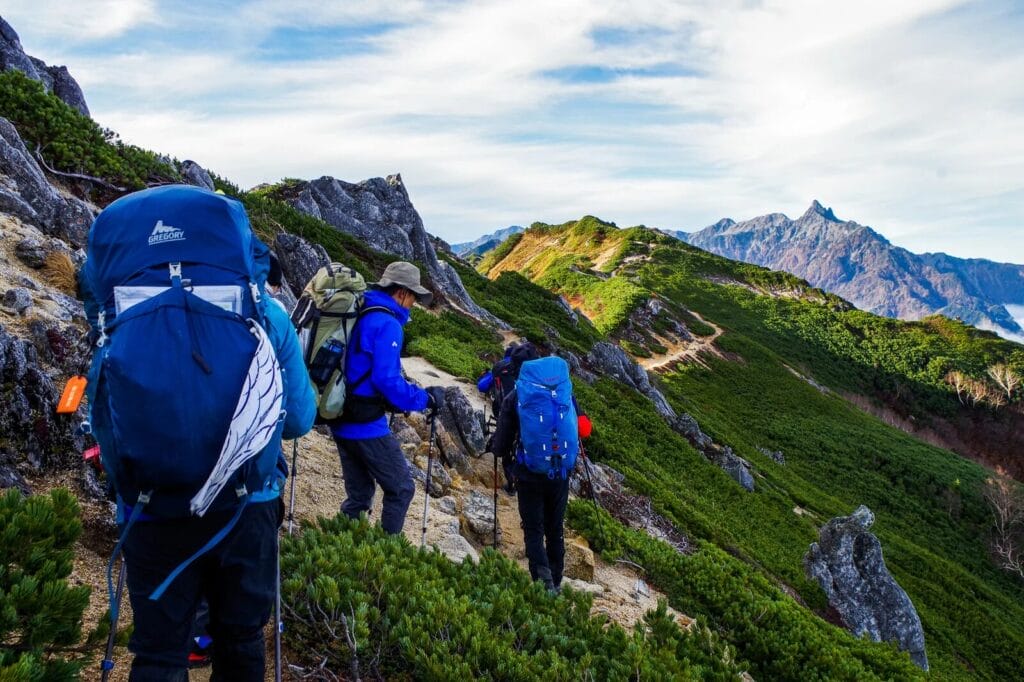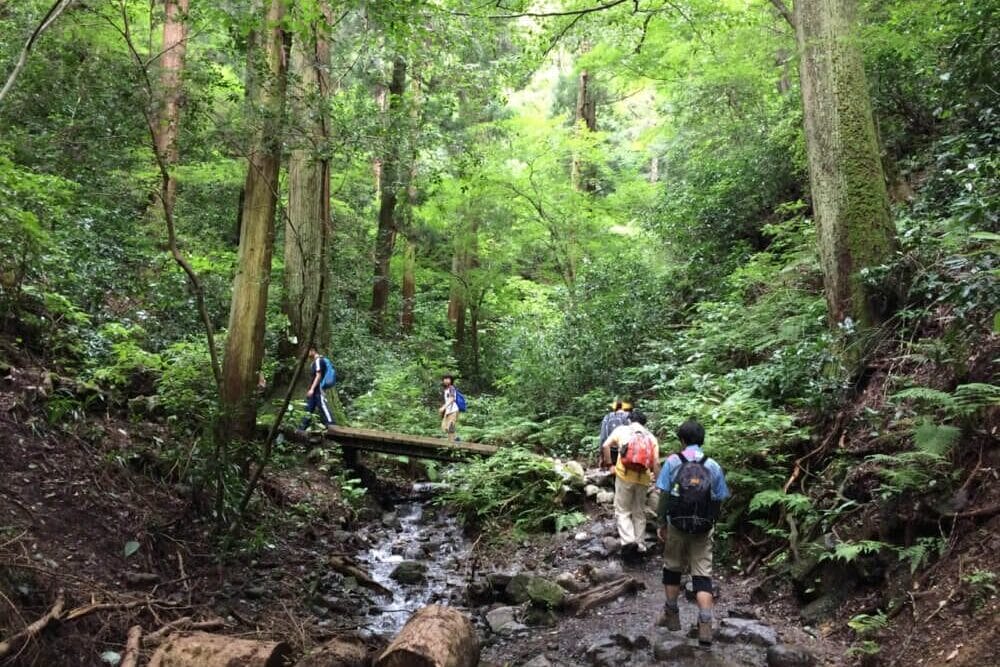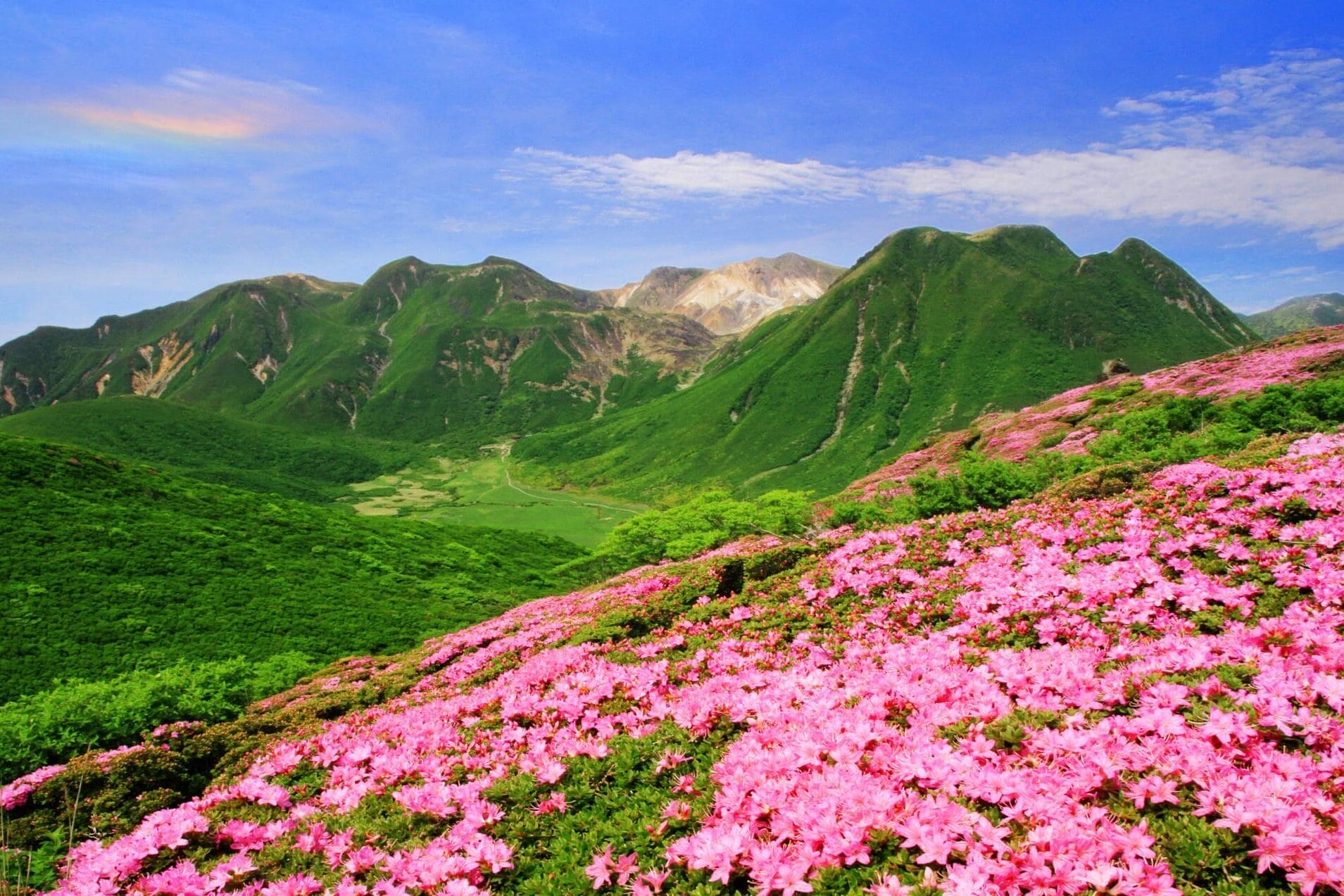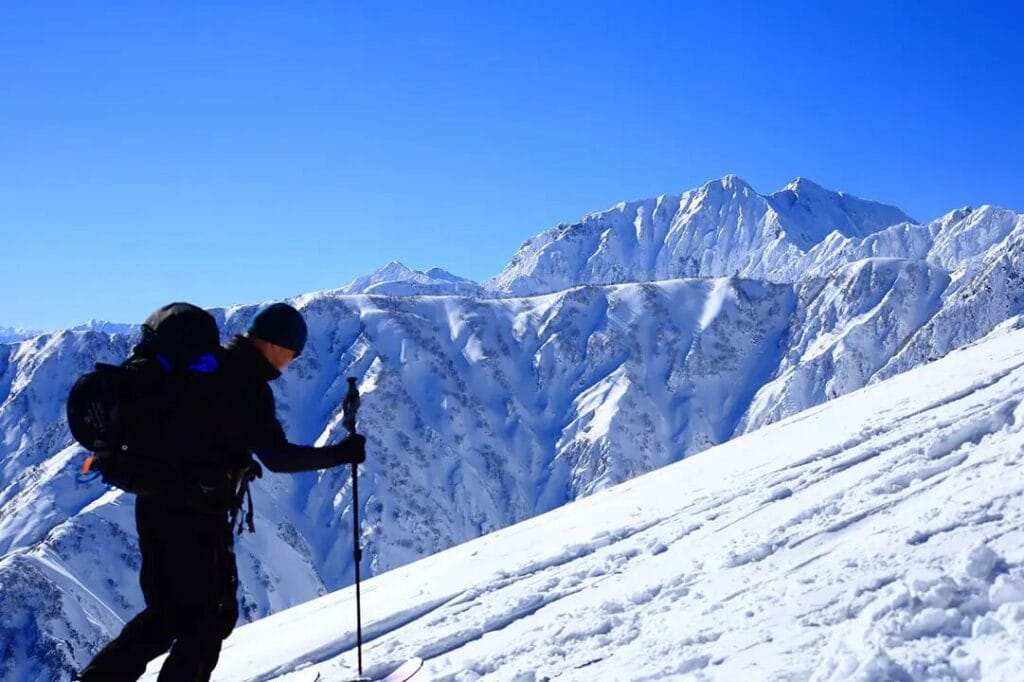Hiking in Japan offers breathtaking views and a deep connection to nature and tradition. From iconic Mount Fuji to quiet forest trails, every path tells a story. Crisp mountain air and ancient shrines make each hike unforgettable. It’s a must-try experience for adventure seekers and culture lovers alike.
The Sacred Mountains Await Discovery | Hiking in Japan
Japan transforms into a hiker’s paradise when travelers venture beyond the bustling cities and into its mountainous heart. The country offers an extraordinary range of trails that wind through ancient forests, past sacred shrines, and up to breathtaking alpine peaks. From gentle walks suitable for families to challenging multi-day treks that test experienced mountaineers, hiking in Japan provides unforgettable encounters with nature and culture.

The Japanese approach to mountain exploration differs significantly from Western hiking culture. Here, mountains hold spiritual significance, and many trails lead to sacred sites where pilgrims have walked for centuries. Travelers often find themselves sharing paths with both casual day hikers and devoted religious practitioners, creating a unique atmosphere of reverence and adventure.
Planning becomes crucial when considering Japan’s diverse mountain regions. Each area offers distinct experiences, from the volcanic landscapes of Kyushu to the pristine alpine environments of the Northern Alps. Weather patterns vary dramatically between regions and seasons, making timing and preparation essential for safe and enjoyable adventures.
Essential Trails That Define Japanese Mountain Culture
Mount Fuji stands as Japan’s most iconic hiking destination, though many travelers underestimate the physical and mental preparation required for this sacred peak. The official climbing season runs from early July through early September, when mountain huts provide shelter and the weather remains relatively stable. The Yoshida Trail offers the most accessible route, complete with rest stations and facilities, while the Subashiri Trail provides a quieter alternative through beautiful forest sections.

The Kumano Kodo pilgrimage routes in the Kii Peninsula offer a completely different hiking experience. These ancient paths, designated as UNESCO World Heritage sites, wind through mystical forests to remote temples and hot springs. The Nakahechi route provides the most accessible introduction, featuring well-maintained stone paths and traditional ryokan accommodations. Travelers can complete sections over several days, experiencing the spiritual journey that pilgrims have undertaken for over 1,000 years.

The Japanese Alps present some of the country’s most spectacular mountain scenery. The Tateyama-Kurobe Alpine Route combines hiking with dramatic transportation methods, including cable cars and trolley buses that traverse stunning mountain landscapes. Advanced hikers gravitate toward the Northern Alps, where multi-day treks connect mountain huts and offer encounters with rare alpine wildlife.

Near Tokyo, Mount Takao provides an excellent introduction to Japanese mountain culture without requiring extensive travel. The mountain features multiple trail options, from a paved path suitable for all fitness levels to steeper routes through pristine forest. The summit temple and panoramic views of the Kanto Plain, including Mount Fuji on clear days, reward every visitor.

Practical Wisdom for Mountain Adventures | Hiking in Japan
Successful hiking in Japan requires understanding local customs and practical considerations that differ from mountain experiences elsewhere. Mountain huts, called yamagoya, operate differently than European alpine huts or American backcountry shelters. Reservations become essential during peak seasons, and most huts provide meals, bedding, and basic supplies for reasonable fees.
Transportation to trailheads often involves complex combinations of trains, buses, and sometimes taxis. The Japan Rail Pass covers many routes, but local bus services to remote trailheads require separate payment and careful schedule coordination. Many popular hiking areas offer special transportation packages that include round-trip access and sometimes discounts on accommodations.

Weather preparation demands serious attention, as mountain conditions change rapidly and can become dangerous without warning. The rainy season from June through July affects most of Japan, making trails muddy and potentially hazardous. Typhoon season extends from late summer through early autumn, requiring flexible planning and constant weather monitoring.
Equipment considerations reflect Japan’s unique hiking environment. Many trails feature chains, ladders, and steep rocky sections that require sturdy footwear and gloves. Hot, humid summers make moisture-wicking clothing essential, while sudden temperature drops at altitude necessitate warm layers even during summer months.
Cultural Etiquette and Mountain Respect
Japanese mountain culture emphasizes respect for nature and fellow hikers through specific behavioral expectations. Travelers should greet other hikers with “konnichiwa” and maintain quiet voices near temples and shrines. Leaving no trace takes on special significance in Japan, where maintaining pristine natural environments reflects cultural values of harmony and respect.
Mountain temples and shrines require appropriate behavior and dress. Travelers should remove hats, avoid pointing cameras directly at sacred objects, and follow posted guidelines about photography and access. Small monetary offerings at summit shrines show respect for local customs and help maintain these sacred spaces.

Group hiking culture in Japan often involves organized clubs and formal expeditions. Solo travelers frequently encounter welcoming groups willing to share local knowledge and safety information. However, maintaining self-sufficiency and avoiding dependence on other hikers remains important for safety and cultural sensitivity.
Emergency procedures and mountain safety follow specific protocols in Japan. Mountain rescue services operate efficiently but expect hikers to carry proper identification, emergency supplies, and communication devices. Registering hiking plans at trailhead boxes or with local authorities helps ensure quick response if problems arise.
Seasonal Rhythms and Perfect Timing | Hiking in Japan
Spring hiking in Japan coincides with cherry blossom season, creating magical experiences on lower elevation trails. However, higher mountains remain snow-covered well into May, limiting access to alpine routes. This season offers ideal conditions for exploring foothills and practicing skills before attempting more challenging summer objectives.

Summer provides access to high-altitude trails but brings intense heat, humidity, and crowded conditions on popular routes. Early morning starts become essential for avoiding afternoon thunderstorms and excessive heat. Mountain huts operate at full capacity, requiring advance reservations and flexible scheduling.
Autumn transforms Japanese mountains into spectacular displays of fall foliage. This season offers some of the year’s best hiking conditions, with comfortable temperatures, clear skies, and stunning colors. However, popularity during autumn means crowded trails and fully booked accommodations, particularly on weekends and holidays.
Winter hiking requires advanced skills and specialized equipment but rewards experienced mountaineers with pristine snow conditions and empty trails. Many high-altitude routes become inaccessible, but lower elevation trails offer beautiful winter landscapes and opportunities to experience Japan’s mountain culture in peaceful solitude.

Conclusion
The mountains of Japan provide transformative experiences that combine physical challenge, cultural immersion, and natural beauty. Whether seeking spiritual enlightenment on ancient pilgrimage routes or testing limits on challenging alpine peaks, every traveler discovers something profound in Japan’s magnificent mountain landscapes.
For comprehensive trip planning and booking assistance, travelers can explore detailed hiking packages and local guides at Findtourgo, which offers specialized mountain adventure services throughout Japan.



